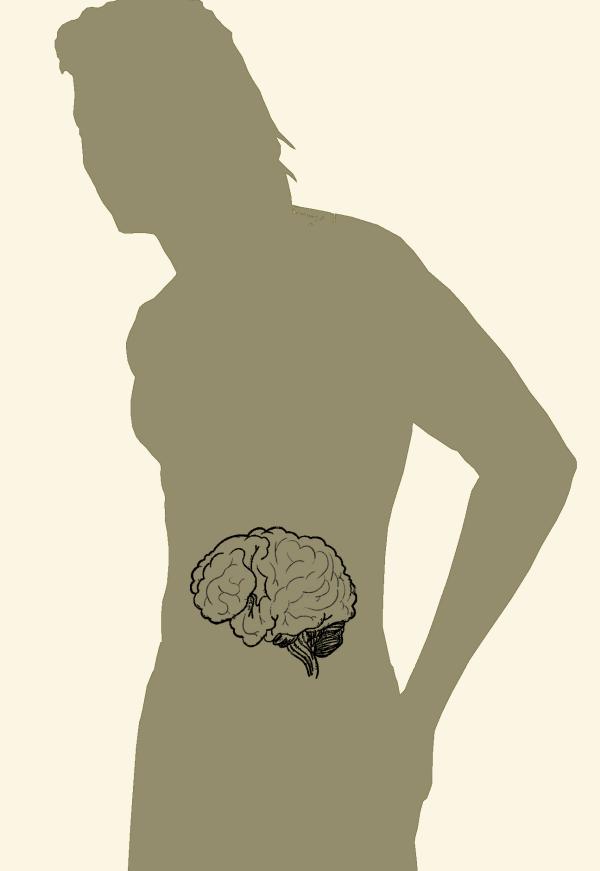The enteric nervous system (ENS) is the nervous system found in your gut. Earlier the ENS used to be considered a part of the autonomic nervous system (ANS), but after various studies and tests, it has been found to have its own independent reflex activity.
The more research has been done on the Enteric Nervous System the more is being discovered about its functions. The ENS contains almost 5 times the number of neurons found in the spinal cord and 1/200 of the number of neurons found in the brain. It consists of sheaths of neurons embedded in the walls of the gut starting from the esophagus all the way to the anus.
“The system is way too complicated to have evolved only to make sure things move out of your colon”
Emeran Mayer, professor of physiology at UCLA.
It can communicate with the CNS (central nervous system), and the ANS (autonomic nervous system) using the vagus nerve. The vagus nerve is the longest cranial nerve extending from the abdomen all the way up to the brain stem. What is surprising is that about 90% of the fibers in the vagus, carry information from the gut to the brain, and not the other way around. So that even when the vagus nerve is severed, the enteric nervous system (ENS) continues to function (something that was previously thought to be impossible).
This shows that the ENS has some amount of a mind of its own, and has been described by some as the ‘second brain’.
Given that it is carrying most of its information FROM lower parts of the body TO the brain, it seems probable that the ENS is performing many other (unknown) functions than just digestion and excretion.

You might have heard the phrase ‘gut instinct’ referring to the intuitive feeling in the pit of the stomach that can be used as a guide in analyzing situations and people. Another one is ‘butterflies in the stomach’ the fluttering sensation you get in your abdominal region when you are excited or nervous about an upcoming event. These sensations don’t anatomically link to any space in the body other than the ENS, so either the emotions are affecting it or it is affecting your emotions.
“More research on the Enteric nervous system can bridge the gap between spirituality and modern science.“
The ancient knowledge of Yoga and Ayurveda came mostly from meditative observation of occurrences and sensations in the body. They used meditation as an internal investigation in much the same way as we use microscopes and data analysis for external examination today. This is not just true of yoga and Ayurveda but of almost all holistic medicines which are much more interested in the relationships between things than cutting up the individual things on their own.
Strong importance is placed on the gut, the food you eat, your ability to digest, and your ability to excrete. This is why the cleansing in yogic (shat karma) and Ayurvedic cleansing (Panchakarma) are thought to be fundamental to health. (Refer to the section on cleansing for more information on these techniques.)
Many mental (as well as physical) problems are thought to have their root cause in diet and digestion. Careful categorization of the specific properties of food and what emotional/physical changes differing diets and routines can bring to the entire well-being make up the majority of the preventative medicine section in Ayurveda. Only introducing stronger techniques when the body has become so intoxicated that it is unable to clean itself.
As is the style of many eastern teachings, lots of this information was not written until relatively recently (it was thought that as soon as you write something down you allow it to be misinterpreted, but if you only share information with a student in front of you, you can make them understand.) So in keeping with the ancient traditions, We invite you to practice these techniques, and carefully observe the differences for yourself.
“As no matter how good I am at describing a piece of music, you will never actually get to know it until you listen to it for yourself.”